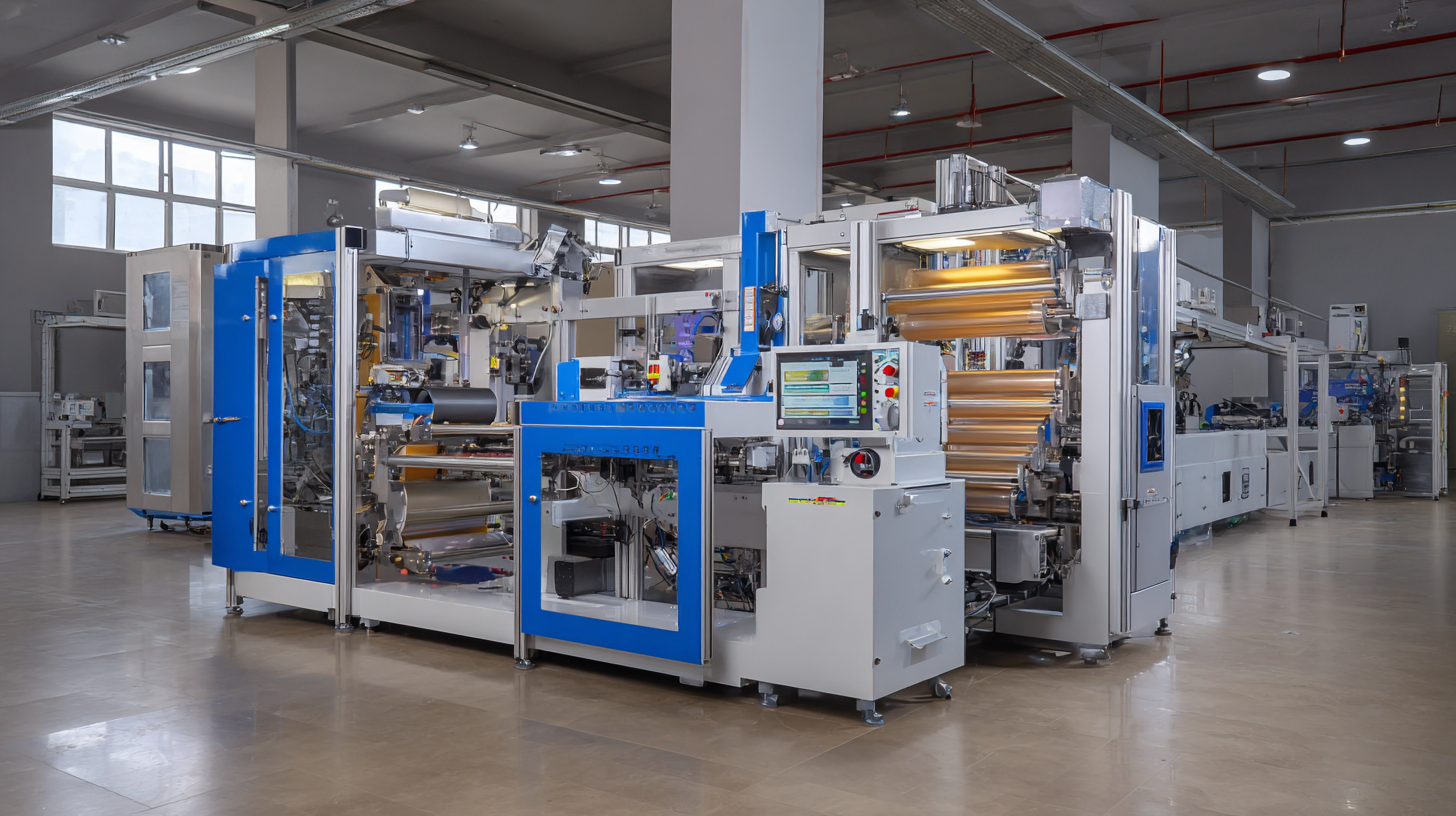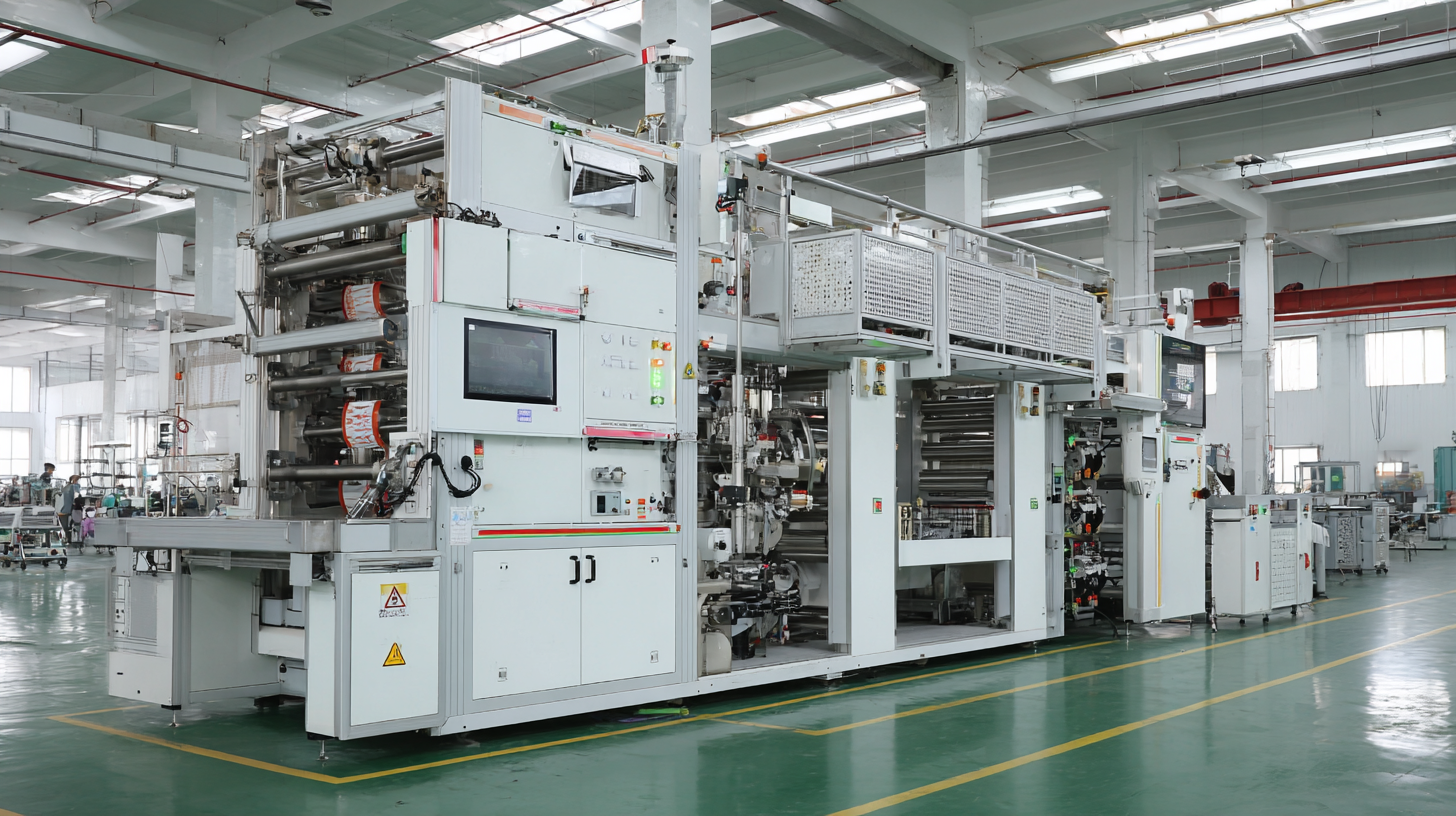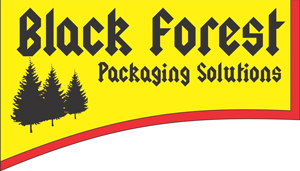Unlocking the Advantages of Best Flexible Packaging Machines for Global Buyers
As the demand for innovative and efficient packaging solutions continues to rise, flexible packaging machines have emerged as a game-changer in the industry. According to a recent report by Smithers, the global flexible packaging market is expected to grow at a CAGR of 4.3%, reaching a value of $273 billion by 2027. This growth is driven by the increasing consumer preference for convenience and sustainability, prompting manufacturers to adopt flexible packaging to cater to diverse market needs. Flexible packaging machines are at the forefront of this evolution, offering versatility, efficiency, and cost-effectiveness in producing lightweight, adaptable packaging materials. By unlocking the advantages of these machines, global buyers can enhance their operational capabilities, optimize supply chain processes, and meet the rising expectations of environmentally conscious consumers, positioning themselves for success in a competitive marketplace.

Understanding the Key Challenges in Flexible Packaging Machine Selection
When selecting flexible packaging machines, global buyers face several key challenges that can significantly impact their operational efficiency and profitability. One of the primary challenges is navigating the vast array of technologies available in the market. According to a recent report by Grand View Research, the global flexible packaging market size was valued at approximately $250 billion in 2022 and is expected to grow at a CAGR of 4% from 2023 to 2030. This growth signifies a myriad of available machines, making it critical for buyers to thoroughly evaluate each option based on their specific needs.
Additionally, compatibility with existing production lines poses another challenge. Many companies prioritize seamless integration to enhance productivity; however, not all machines are designed for easy adaptability. A study by MarketsandMarkets indicated that around 60% of manufacturers prioritize compatibility and ease of use when purchasing equipment. Therefore, understanding the nuances of machine specifications, flexibility, and scalability is essential in making an informed purchasing decision that aligns with current and future operational requirements.
Advantages of Flexible Packaging Machines
Identifying Common Issues Faced by Global Buyers of Packaging Equipment
In the competitive landscape of packaging equipment, global buyers often face several common issues that can hinder their procurement processes. A recent report by Smithers Pira indicates that the flexible packaging market is projected to reach $500 billion by 2024, emphasizing the growing demand for advanced machinery. However, sourcing high-quality flexible packaging machines remains a challenge due to varied international standards and the complexity of supplier qualifications. Buyers frequently encounter difficulties in assessing the performance and reliability of machinery due to insufficient product data and warranties offered by manufacturers.
Moreover, communication barriers can significantly impact the purchasing experience for international buyers. According to a survey conducted by Packaging Strategies, 65% of global buyers reported issues related to language and cultural differences when negotiating with suppliers. This complicates the process of understanding technical specifications and after-sales support, which are critical for making informed purchasing decisions. As the industry evolves, addressing these issues is essential for buyers looking to leverage the benefits of the best flexible packaging machines on the market.
Unlocking the Advantages of Best Flexible Packaging Machines for Global Buyers - Identifying Common Issues Faced by Global Buyers of Packaging Equipment
| Issue ID | Common Issues | Impact Level | Percentage of Buyers Affected | Proposed Solutions |
|---|---|---|---|---|
| 1 | High Initial Investment | High | 70% | Financing Options |
| 2 | Technical Complexity | Medium | 65% | Comprehensive Training |
| 3 | Supply Chain Constraints | High | 50% | Diversified Suppliers |
| 4 | Maintenance Costs | Medium | 55% | Predictive Maintenance Contracts |
| 5 | Regulatory Compliance | High | 40% | Regular Audits and Certifications |
Evaluating Performance and Reliability: Avoiding Pitfalls in Flex Packaging Machines
In the rapidly evolving world of packaging, flexible packaging machines are becoming increasingly essential for businesses looking to enhance their operational efficiency. However, selecting the right machinery involves more than just understanding the basic features; it's crucial to evaluate performance and reliability comprehensively. Buyers must delve into technical specifications, analyze user feedback, and assess how a machine performs under varying conditions. Machines that can maintain consistency and meet production demands without frequent breakdowns save time and reduce costs in the long run.
Furthermore, avoiding pitfalls in the purchasing process involves scrutinizing the vendor's reputation and after-sales support. A machine's reliability often correlates with the manufacturer's track record, so potential buyers should research the experiences of previous clients. Real-world performance metrics, such as maintenance requirements and ease of operation, are indicators of a machine's efficiency. By prioritizing these aspects, global buyers can ensure that their investment in flexible packaging machines not only meets current needs but also adapts to future challenges in an ever-competitive market.

Cost-Benefit Analysis: Weighing the Long-Term Advantages Against Initial Hurdles
When considering the implementation of the best flexible packaging machines, a thorough cost-benefit analysis is essential. While the initial investment can be significant, the long-term advantages often outweigh these hurdles, especially in terms of enhancing efficiency, reducing material waste, and improving product shelf life. However, global buyers may face challenges such as navigating supplier relationships and understanding technology integration.

Tips for a Successful Transition:
- Do Your Research: Explore various machine models and their features. Consider participating in industry seminars or webinars to gain insights from experts and peers.
- Evaluate Total Costs: Beyond the upfront costs, assess the ongoing expenses related to maintenance, staffing, and training. This helps in understanding the true investment required.
- Plan for Integration: Be prepared for the technological transition by ensuring your team is trained. A well-structured onboarding process will help in minimizing downtime and optimizing production efficiency.
By meticulously weighing these factors, businesses can unlock the numerous benefits of flexible packaging machines, paving the way for sustainable growth and competitive advantage in the global market.
Maximizing Efficiency: Solutions to Overcome Problems in Flexible Packaging Processes
In today’s fast-paced market, maximizing efficiency in flexible packaging processes is crucial for businesses aiming to stay competitive. The adoption of advanced flexible packaging machines can significantly alleviate common challenges faced in production lines. For instance, these machines are designed to optimize speed and precision, reducing waste and downtime. By integrating automation technologies, companies can streamline their operations, enabling better management of materials and enhancing overall productivity.
Moreover, flexible packaging machines come equipped with smart features that offer real-time monitoring and data analysis. This capability allows manufacturers to identify and address issues promptly, thereby minimizing disruptions in the packaging process. Additionally, the flexibility of these machines enables them to handle various materials and formats, accommodating different product requirements without the need for extensive reconfiguration. Such versatility not only broadens the range of packaging options but also ensures a smoother workflow, ultimately leading to higher quality outputs and increased customer satisfaction.
